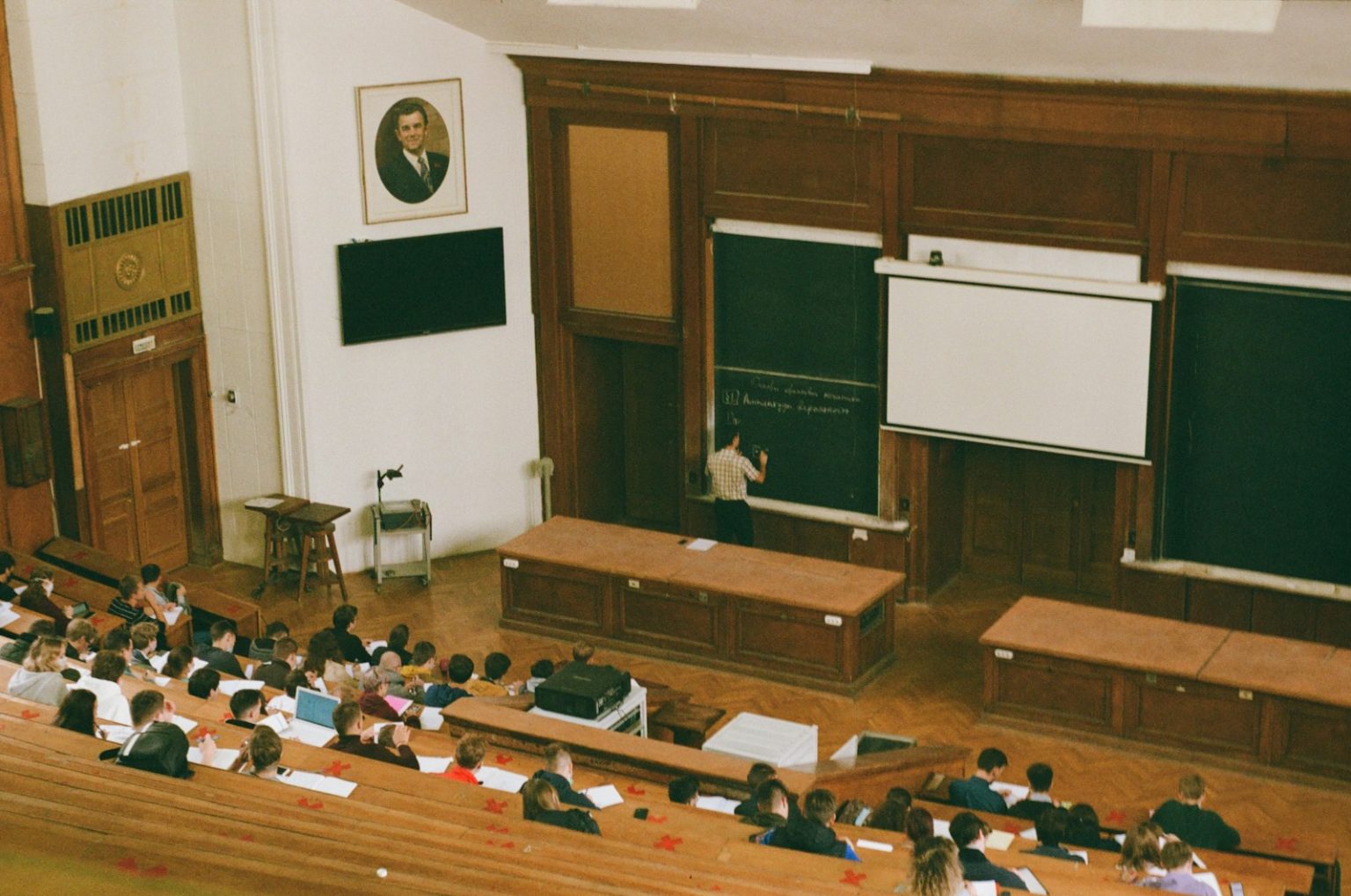My 64-Hour Productivity Formula
I created a three-part formula that transformed my output:
- Work twice as long as the average salesperson
- Learn to be twice as efficient with my time
- Become twice as statistically successful in my conversion rates
The math behind this strategy was compelling. If the average salesperson puts in 8 productive hours daily, I would commit to 16 hours. By becoming twice as efficient, those 16 hours effectively became 32 hours of productivity. And by doubling my statistical success rate, I could achieve what amounted to 64 hours of productivity in a single day.
This wasn’t about working harder—it was about creating a multiplier effect that my competitors couldn’t match.
Leveraging Youth and Network Against Experience
I was the youngest person at my company. I didn’t have the sales experience or industry knowledge that my older colleagues possessed. What I lacked in experience, however, I made up for with my network and my willingness to put in extraordinary hours.
While the seasoned professionals relied on their established skills and connections, I focused on creating what amounted to 56 days of productivity every week (8 days × 7 days). This mathematical advantage meant that even though I started behind in skills, I could overtake them through sheer output volume.
The Power of Mathematical Thinking in Career Growth
What I learned from this experience was the importance of thinking mathematically about career advancement. Most people try to compete on the same terms as everyone else—working the same hours in the same ways. But true competitive advantage comes from changing the equation entirely.
By multiplying my effectiveness across three dimensions simultaneously:
- Time invested (2×)
- Efficiency (2×)
- Conversion success (2×)
I created an 8× productivity advantage (2 × 2 × 2 = 8) over the average performer. This wasn’t just incremental improvement—it was exponential growth.
The beauty of this approach is that it doesn’t require special connections, an Ivy League education, or family wealth. It simply requires the willingness to outwork others while simultaneously improving your efficiency and effectiveness.
Applying This Mindset Today
I still apply this mathematical mindset to business challenges today. When facing competition, I don’t just ask how I can work harder—I look for ways to change the productivity equation entirely.
This approach works in any field. Whether you’re in sales, law, medicine, or technology, finding ways to multiply your productivity across multiple dimensions creates advantages that others simply cannot match.
The key insight is that minor improvements in multiple areas compound dramatically. A 10% improvement in three different regions doesn’t yield a 30% total improvement—it creates a 33% improvement (1.1 × 1.1 × 1.1 = 1.33).
My journey from a broke law school graduate to success in sales taught me that when you’re starting with less experience or fewer connections, mathematical thinking about productivity is your greatest ally. It’s not about working yourself to exhaustion—it’s about creating systems that multiply your impact beyond what others believe possible.
Frequently Asked Questions
Q: Isn’t working 16 hours a day unhealthy and unsustainable?
While I wouldn’t recommend 16-hour workdays as a permanent lifestyle, this approach was a strategic choice during a specific phase of my career. The key is to use intense work periods strategically while developing systems that eventually allow you to work smarter, not just longer. As your efficiency and effectiveness improve, you can often reduce those hours while maintaining the productivity advantage.
Q: How did you become “twice as efficient” in practical terms?
Becoming twice as efficient involved several practical steps: eliminating distractions, batching similar tasks, creating templates and scripts for everyday situations, automating repetitive processes, and constantly analyzing which activities generated the highest return on time invested. I also studied the most successful people in my field and adopted their most efficient practices.
Q: Did your relationships suffer from this intense work schedule?
This is a valid concern. During this intense growth phase, I had to be highly intentional about protecting key relationships. I scheduled non-negotiable time for important people in my life and ensured that I was fully present and engaged during that time. The goal was never to work this way forever, but to create a foundation of success that would eventually allow for more flexibility.
Q: How did you measure being “twice as statistically successful”?
I tracked every meaningful metric in my sales process, including the contact-to-appointment ratio, appointment-to-proposal ratio, and proposal-to-close ratio. By analyzing where my conversion rates were weakest and systematically improving them through practice, training, and refining my approach, I was able to double my effectiveness in converting opportunities into results.
Q: Can this approach work in fields other than sales?
Absolutely. While the specific metrics may differ, the principle of multiplying your effectiveness across different dimensions is applicable in any field. A programmer might focus on hours coding, efficiency of code production, and quality of output. A doctor might focus on the number of patients seen, diagnostic accuracy, and treatment success rates. The key is identifying the core productivity metrics in your field and finding ways to multiply them rather than just incrementally improving one area.







